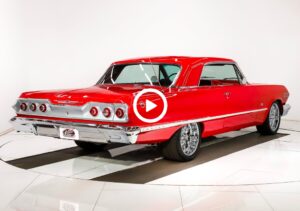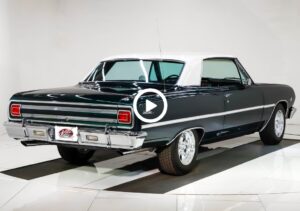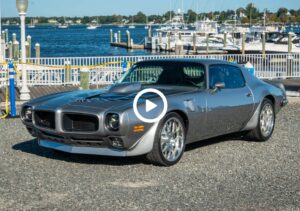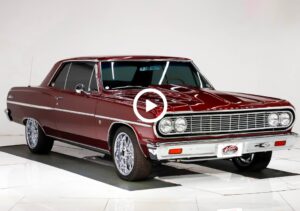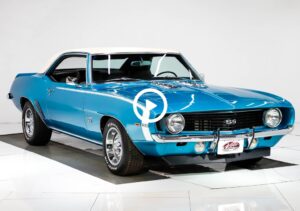Gypsy Rose, a 1964 Chevrolet Impala, was a stunning lowrider that cruised the streets of East LA in the 1970s. It was famous for its extravagant paint job and was even featured in the opening of the 1970s sitcom “Chico and the Man.” This car graced the cover of Lowrider Magazine in 1980.
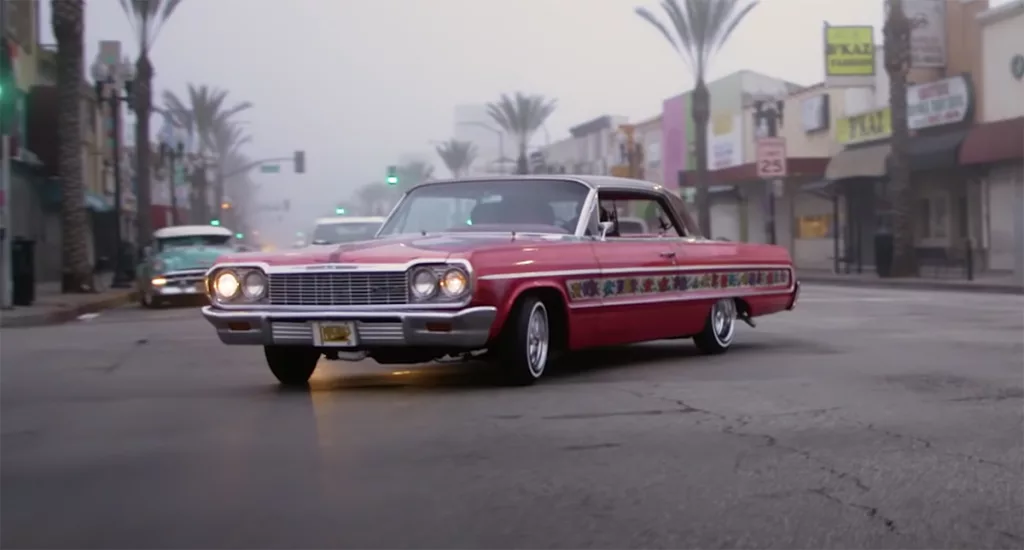
The Gypsy Rose is like a time capsule of lowriding culture. It is a one-of-a-kind piece of art that has become a legend in its own right. It’s not just an Impala, there is a story behind lowriding. It’s an art form that saves a part of our culture and is an expression that came from the neighborhood. We take pride in our cars, it’s in our blood. We did most of the work ourselves, not to make it faster, but to make it look good. Low and slow was the name of the game. We would load up the trunk with bricks and blocks to lower the car, which would burn the coil springs. Lowriders were different and unique, and they brought out all the body dynamics. We would take full-size American luxury cars and lay them down, which was funny, but it was also a statement.
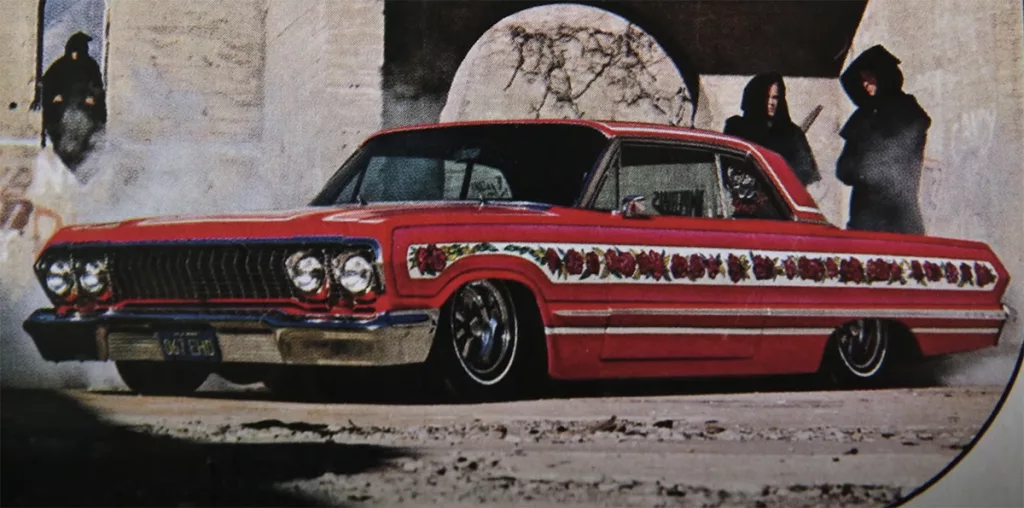
Lowriding really took off in the early 1970s in East Los Angeles’ Boyle Heights area, where the music, style of girls, baggy shirts, and flair all came together. It was a different world, and we were fighting the good fight. Cruising was a way to show off your car, and we would cruise in the evening, especially during the summer, with our windows down and blasting our music. We got to show off what we had done to our vehicle, how clean we had it, and the type of paint job we put on it.
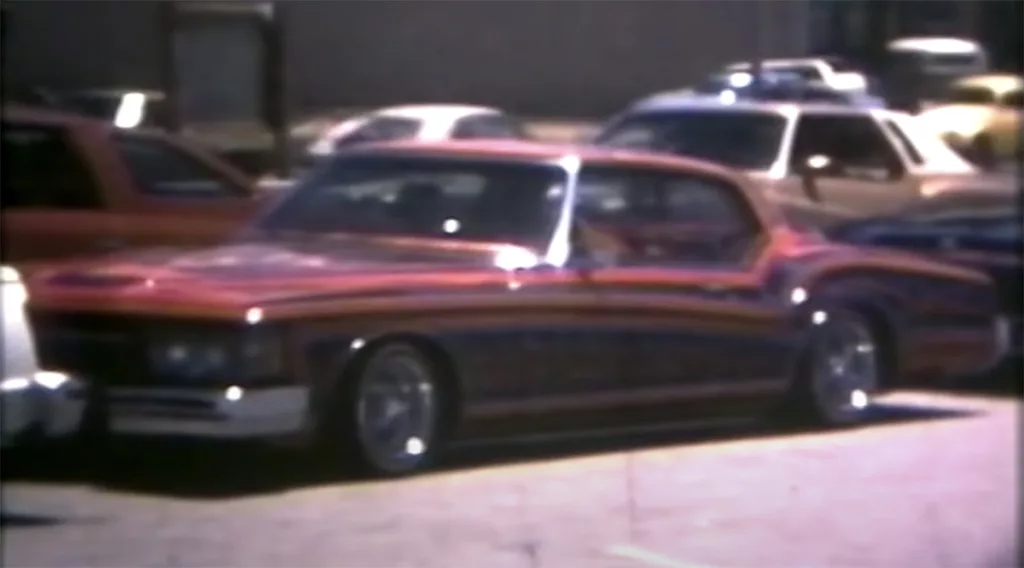
Whittier Boulevard was one of the main focal points for cruising, and that’s where the car shows were held. At that time, there were about six or seven car clubs that still exist today, each with a unique taste for fixed-up cars. You could join a club by having a 1957 Chevy, a “papa door,” and a black shirt. The steps evolved over time, with flying flags on your back window to identify which club you belonged to. You had to pay club dues, plan club functions, car shows, and try to get all the car clubs to come out to your show. It was a competition to see who could build the best car with unique features such as shaped taillights, changed grilles, and cut bumpers. We all wanted to have the best custom car, and it was very competitive.
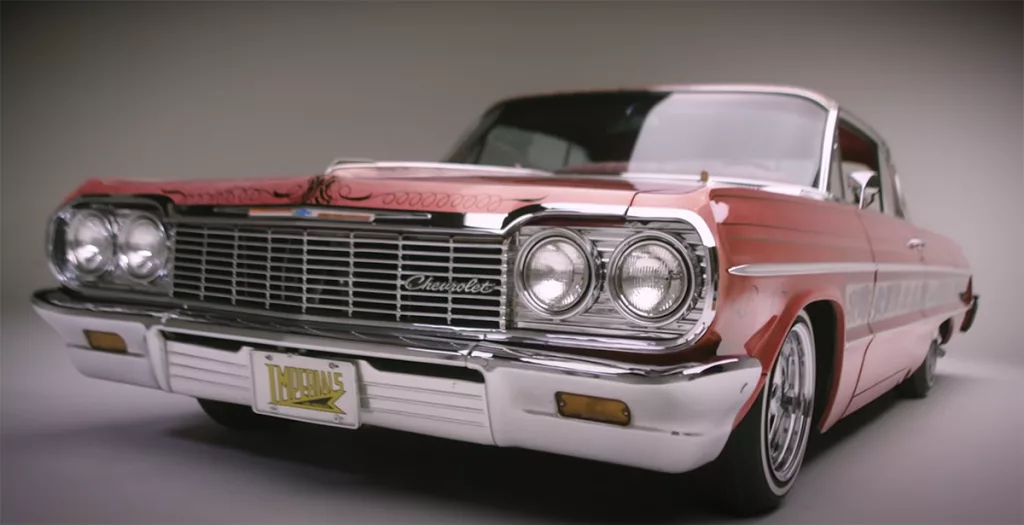
Every man had the ability to create a unique work of art with metal rolling canvases, hydraulics, and more. When you wanted to drive your car low but didn’t want to scrape the bottom, you had to pick it up when going up a driveway or when cops were around. People used to compete for pink slips on Whittier Boulevard, and if you could hop your car higher than someone else, you would get their car.
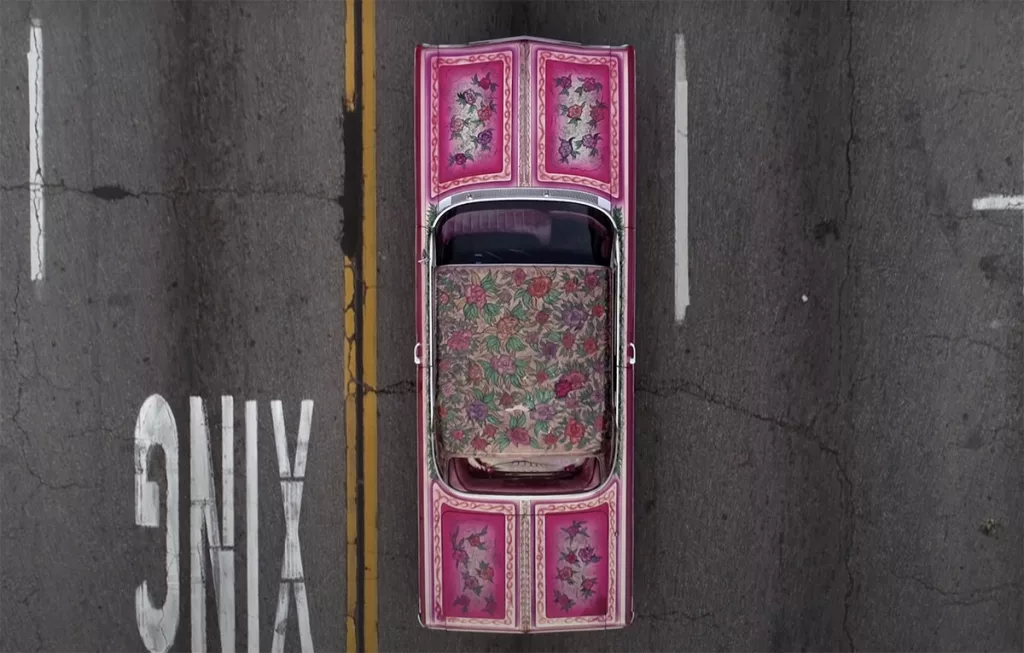
Lowriders were everywhere in East LA, and it was a movement that represented Mexican Americans. It meant a lot to us because we never expected it to become what it is today. We had to fight against the negative stereotype that lowriders were associated with gangs and cholos, but we knew we were different. The lowrider movement was one of the greatest things that ever happened to Mexican Americans, and it made us proud of our culture.
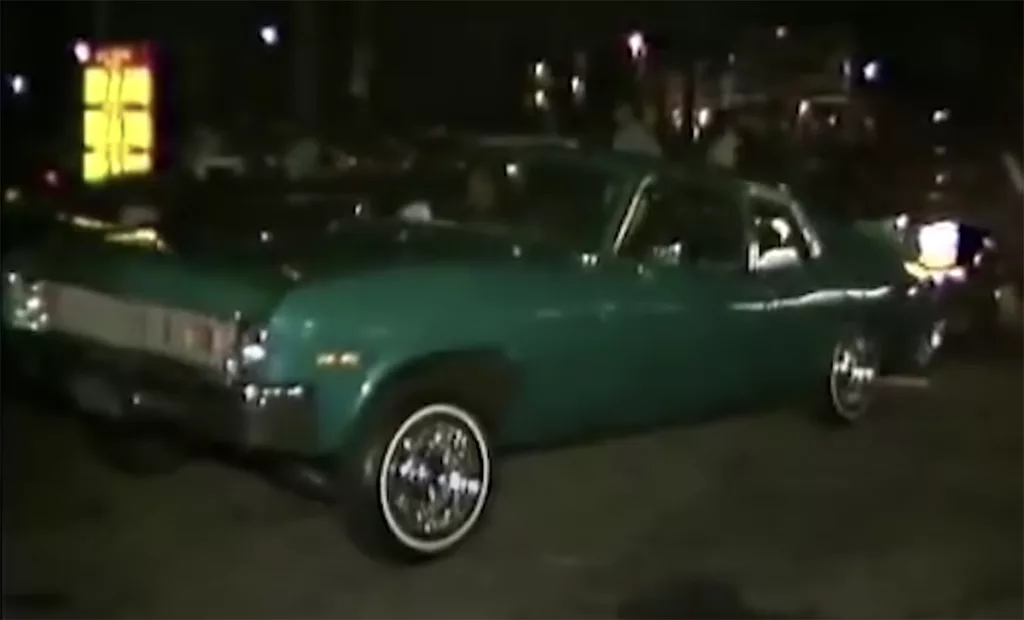
Jesse Valadez, a member of the Imperials car club, was the man behind the Gypsy Rose. He built numerous cars during those times, and he had his own unique style. He The consistent theme throughout the story of Gypsy Rose and the lowrider movement is pride in one’s culture and expression through art. The lowrider community took American luxury cars and transformed them into rolling canvases, with intricate paint jobs, custom upholstery, and unique hydraulic systems that allowed them to “hop” and cruise “low and slow.”
Lowriding was more than just a hobby or a way to show off one’s car. It was a way to express pride in one’s neighborhood, community, and heritage. Lowriders faced stereotypes and discrimination from those who didn’t understand the art form, but they persevered and continued to build their cars and showcase them at car shows and on cruising boulevards.
Gypsy Rose, in particular, was a standout car in the lowrider community. With its extravagant paint job and iconic roses, it became a symbol of the movement and appeared in TV shows and magazines. The legacy of Gypsy Rose and the lowrider movement continues to inspire new generations, and it’s important to preserve this cultural heritage.
